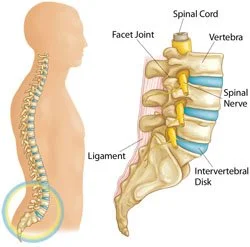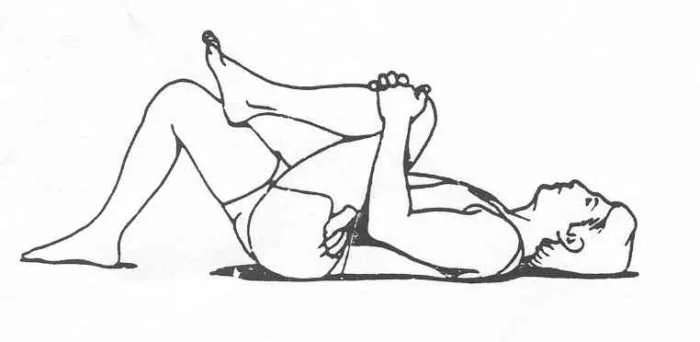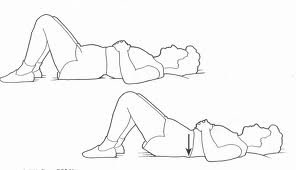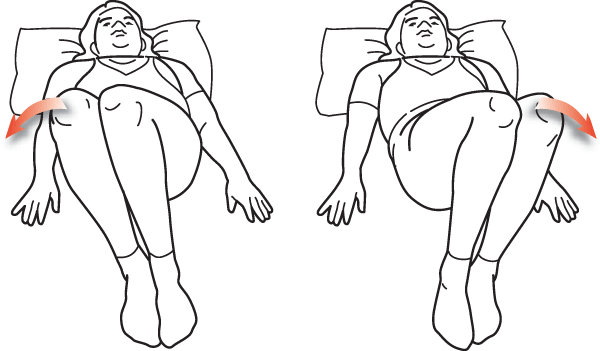Active Management for Acute Low Back Pain.
The World Health Organisation estimates that 80-90% of people suffer from acute low back pain (ALBP) at some point in their lives. Normally low back pain is short term with most people making a good recovery within 6-8 weeks. ALBP is classified as low back pain that has a duration of 1-3 weeks. Active management for ALBP is very important and can assist you in making a speedy recovery.
How does ALBP occur?
The mechanism of injury for ALBP can vary vastly. The back is made up of the spinal cord and its branches called nerve roots, which are protected by small bones called vertebrae. In between each vertebrae are gelatinous discs. The muscles and ligaments surrounding the vertebrae provide most of the support for the spine. All of these structures have to work together to allow movement of the spine. Sometimes repetitive movement, quick unguarded movement or heaving lifting can cause the disc between the vertebrae to protrude leading to an inflammatory response and pain. Other times the cause of ALBP is unknown. Many patients are diagnosed with ‘non-specific low back pain’ which means that no definite structure can be identified as the cause of the pain. It is always a good idea to check with your GP to see if further investigation of your ALBP is required. Provided any serious cause for your ALBP has been excluded by your doctor, there are several ways you can actively manage ALBP.
Actively Managing ALBP
The best thing you can do for ALBP is to stay gently active. Don’t be afraid that you will damage your back if you move; the spine is quite an amazing structure and is quite durable. In fact, research has shown that too much rest can slow your recovery. Try to avoid high impact activities but start light activities as soon as you can.
Once your symptoms start to settle consider starting some gentle stretching and exercises to aid your recovery. It’s important to remember though that every person is different and what works for one person may not necessarily work for you. It’s also recommended that you assessed by your physiotherapist at Goolwa Physio to make sure the exercises you’re doing are right for you. The exercises below are meant just as a guide; if your pain gets worse with any of the exercises or if you are unsure of the correct technique, stop them.
01. Knee to Chest Stretch
Lie on your back with knees bent and feet on the floor. Hold one knee up at your chest for 15-20 seconds then lower and swap sides. Do 5 repetitions both sides, 2-3 times / day.
02. Pelvic Tilt
Lie on your back with knees bent and feet on the floor. Think about tipping your pelvis back so your low back flattens into the floor. Then think about tipping your pelvis forwards so your low back arches away from the floor. Do 5-10 repetitions, 2-3 times / day.
04. Knee Rock
Lie on your back with knees bent and feet on the floor. Rock your knees from side to side slowly trying not to lift your buttock off the ground. Do 5-10 repetitions, 2-3 times / day.





